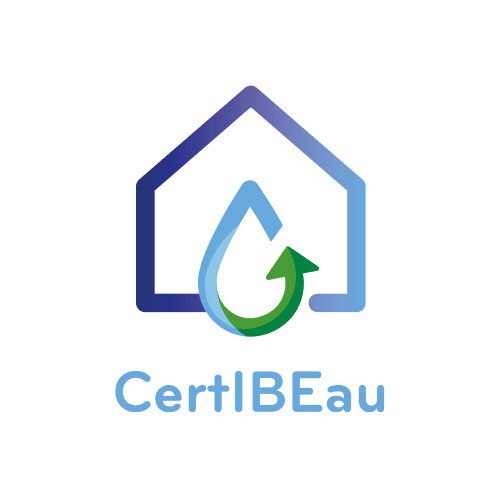When do you have to have a CertIBEau inspection?
From 1 June 2021, all new drinking water connections will require a visit from an approved certifier to carry out the CertIBEau in Wallonia.
Why do you need a CertIBEau certificate?
CertIBEau guarantees your good information, the sanitary safety of your internal drinking water installations and the preservation of the environment.
In order to prevent the drinking water network from being "contaminated" by fluids other than drinking water through prohibited connections on private property, a control of each private installation is mandatory.
In addition, as a homeowner, you can be sure that the contractor who installed your sanitary installations did so correctly and that all appliances are connected correctly. Any infringements will be detected in good time and recorded.
And you can be sure that the contractor who installed your sanitary installations did so correctly and that all appliances are connected correctly.
To improve the water quality of streams, rivers and canals, it is very important to drain rainwater directly into the watercourses as much as possible, to let it infiltrate into the ground or to buffer it. In this way, only wastewater is transported to the treatment plants, which results in better purification.
What does a CertIBEau inspection entail?
For the drinking water and treatment part, the certifier will check the presence of the following elements:
- The presence of the necessary devices after the water meter (non-return valves, stopcocks, etc.)
- For each water point:
- The presence of adequate non-return devices to avoid contamination between water points and the public distribution network by non-compliant water (e.g. physical separation of the alternative water circuit, use of Belgaqua approved devices, etc.)
- Determining the origin of the water supplying each sampling point (mains water, rainwater, well water, etc.)
- The presence of an air vent for the evacuation of domestic appliances to avoid costly leaks (softeners, boilers, etc.)
- The possible presence of lead inside the dwelling or water treatment appliances (water softening units, etc.)
For the purification and evacuation part, the visit focuses on the identification of the points producing wastewater or rainwater and their flow on the plot (route - outlet). Thus, the certifier will draw up a plan of the water drainage routes on the plot.
By taking into account this diagram, the regulations and the data available on the plot (sewage system, presence of sewers leading to a treatment plant, etc.), the conformity or otherwise of the installation can be established.
The presence or absence of domestic grinders under the sinks will also be checked, as these have been prohibited for several years.

